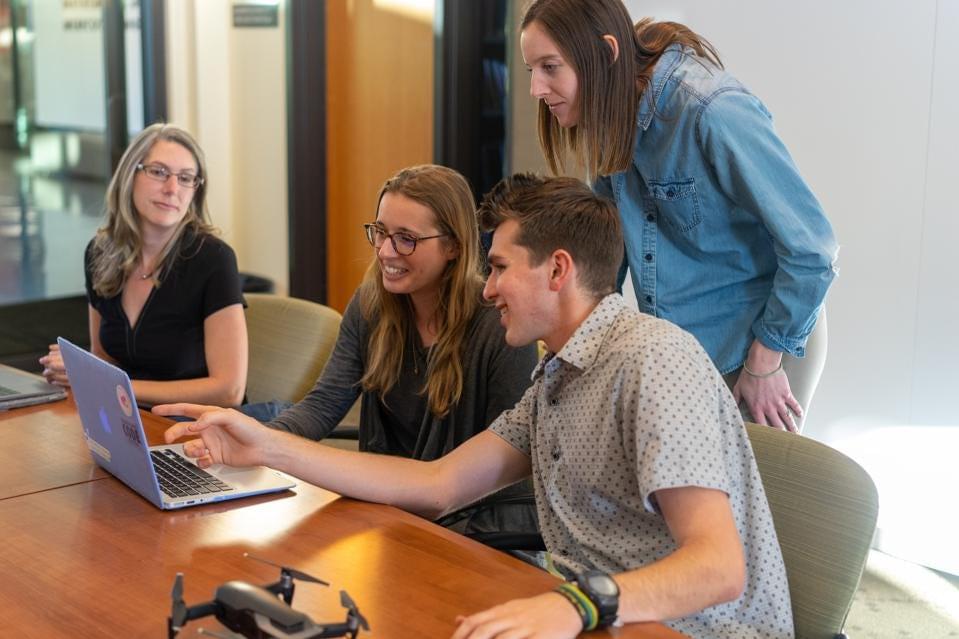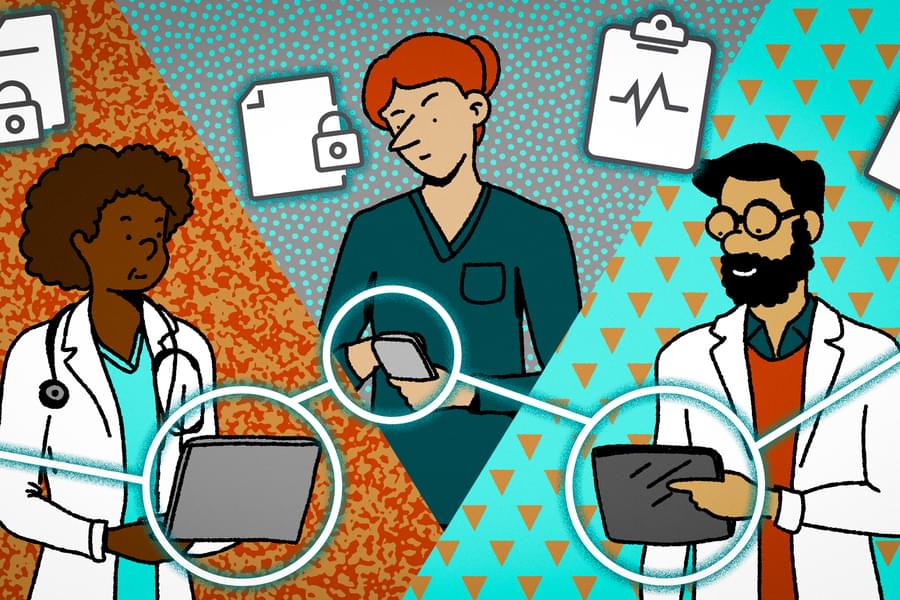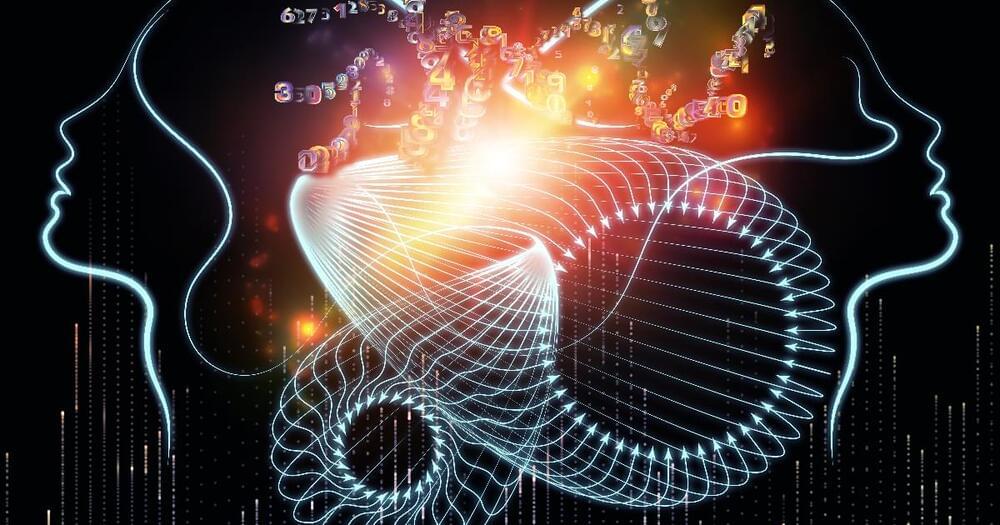Early in 2,021 the Stanford Virtual Human Interaction Lab looked at the psychological consequences of spending long days videoconferencing and in virtual meetings. The popularized term “Zoom fatigue,” is the result of maxing out cognitive load and even reducing effectiveness. For all of that investment in remote work technology, senior managers feel there is very little payoff.
The University of North Carolina surveyed 182 senior managers and 65% of them felt meetings kept them from completing their own work, 71% felt meetings were inefficient and unproductive, and 64% felt meetings undercut deep thinking.
As technology-dependent remote workers proliferate, new solutions are coming to the fore that may make both in-person and virtual meetings more productive.






